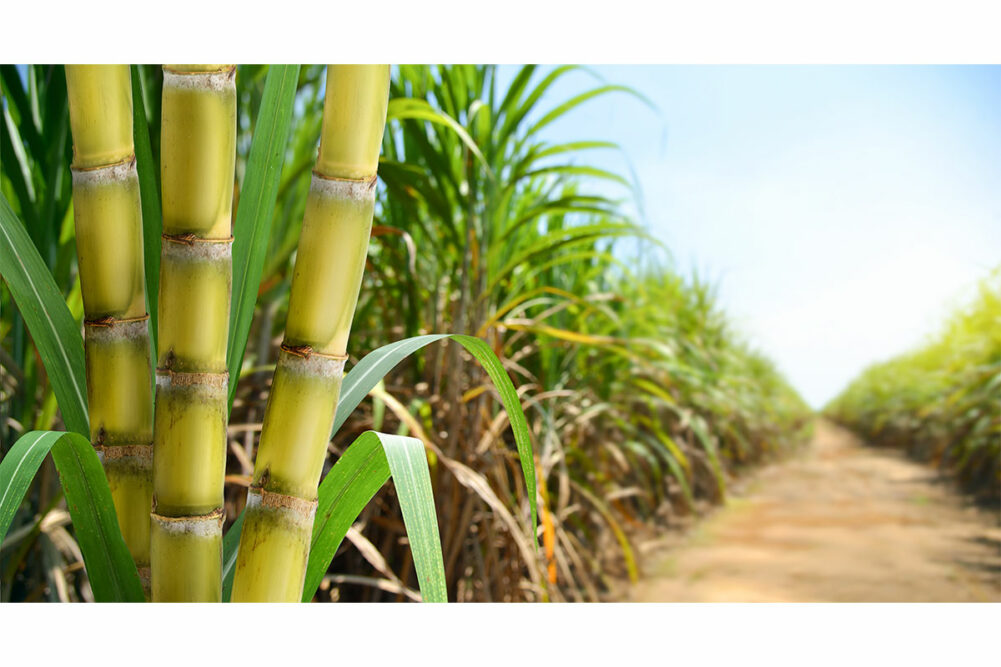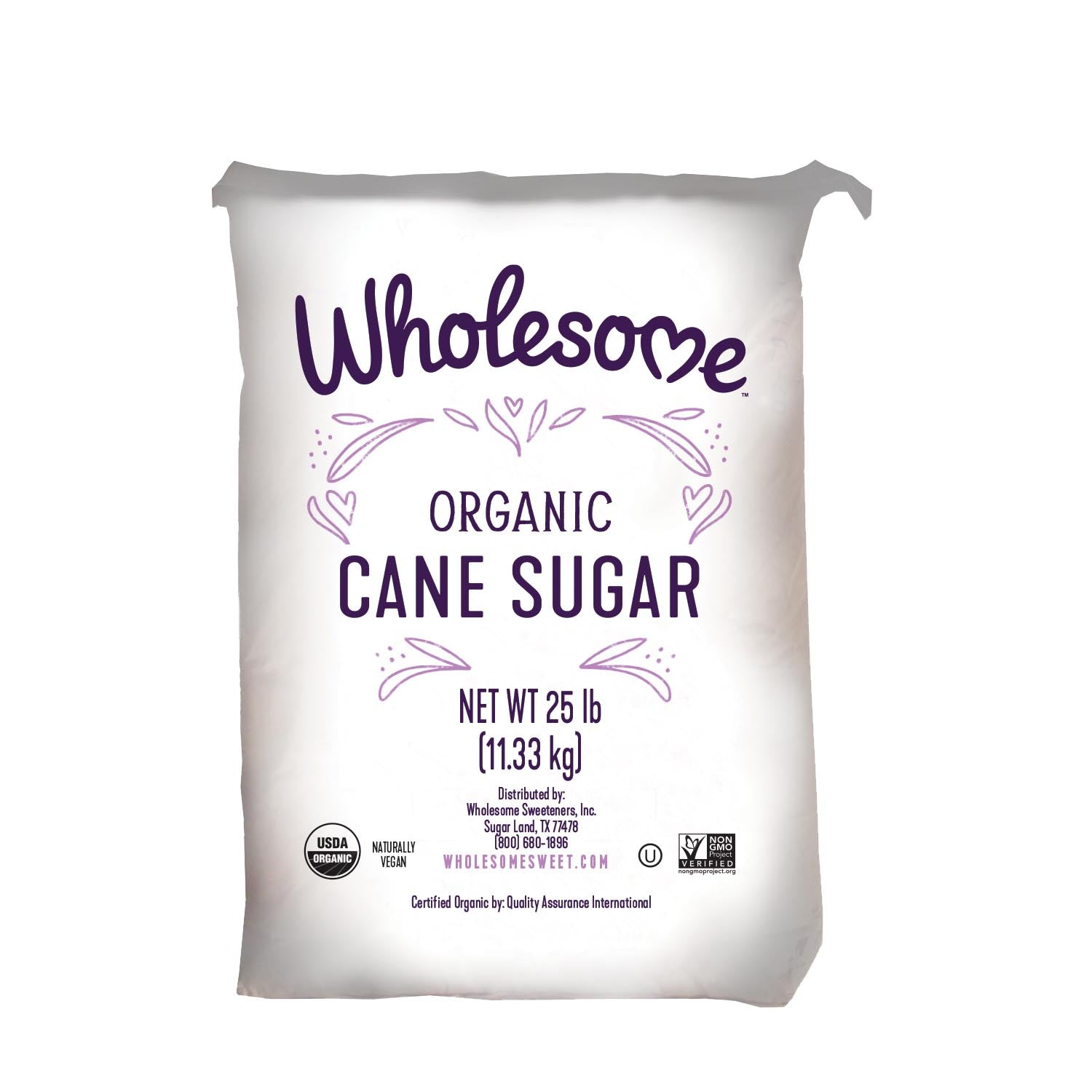Effective Cane Sugar Processing: Maximizing Return and Pureness
Effective Cane Sugar Processing: Maximizing Return and Pureness
Blog Article
A Comprehensive Overview to the Ecological Impact and Sustainability Practices in Cane Sugar Processing
The environmental effect of walking cane sugar handling presents a complicated selection of challenges that warrant careful assessment. From soil destruction and too much water use to the carbon footprint related to growing and manufacturing, the effects of traditional methods are significant. In contrast, the adoption of ingenious sustainability actions offers a pathway toward much more responsible manufacturing techniques. Understanding the interaction between these concerns is important for stakeholders in the sector. What certain methods can be applied to strike an equilibrium between efficiency and ecological stewardship? The responses hinge on a closer consider both the difficulties and possible services.
Overview of Cane Sugar Processing
Walking cane sugar handling involves a collection of systematic actions that change sugarcane into refined sugar. Initially, harvested sugarcane is moved to processing facilities, where it goes through cleaning to get rid of dirt and debris. Following this, the walking cane is squashed to draw out juice, which is then cleared up by getting rid of pollutants through heating and the enhancement of lime.
The made clear juice undertakes evaporation, where water is gotten rid of to focus the sugar material. This concentrated syrup is after that taken shape via cooling, allowing sugar crystals to develop. These crystals are divided from the remaining syrup utilizing centrifugation, leading to raw sugar. To achieve polished sugar, the raw product goes through additional filtration procedures, which might include filtering system and washing to remove staying pollutants and shade.
The end product is after that dried and packaged for circulation. Throughout this whole procedure, maintaining performance and quality control is necessary to make sure the sugar satisfies sector criteria. Each step in walking cane sugar processing not only adds to the end product but likewise has ramifications for resource usage and waste generation, setting the phase for conversations on sustainability and ecological influences connected with sugar manufacturing.
Ecological Difficulties of Production
The manufacturing of walking cane sugar offers a number of considerable environmental difficulties that warrant attention. One key issue is the substantial use of agrochemicals, including plant foods and chemicals, which can result in soil degradation, biodiversity loss, and contamination of regional water sources. The overflow from sugarcane areas typically brings these chemicals into nearby environments, disrupting aquatic life and impacting the wellness of areas reliant on these water bodies.
An additional obstacle is the high power usage related to sugarcane processing. The boiling and refining stages call for considerable warmth, mainly generated by melting fossil gas, adding to greenhouse gas discharges. Furthermore, the extensive land location required for sugarcane cultivation can bring about deforestation and habitat destruction, additional exacerbating climate change and threatening wildlife.
In addition, the labor methods in some regions raise moral problems, as workers might face inadequate working problems and poor earnings. This scenario frequently continues a cycle of hardship in neighborhood areas. Cane Sugar Processing. Attending to these ecological challenges is essential for creating a lot more lasting techniques in walking stick sugar production, inevitably benefiting both the environment and the areas involved in this industry
Water and Land Usage Impact
Water resources and land usage are vital parts in the walking cane sugar market that dramatically influence the atmosphere. The cultivation of sugarcane requires significant water input, with quotes recommending that it can eat as much as 2,000 litres of water per kg of sugar created. This extensive usage of water typically results in depletion of local water sources, affecting not only the sugarcane vineyards however additionally surrounding environments and areas that rely upon the exact same water resources for farming and residential use.

In addition, land usage for sugarcane cultivation can bring about logging and the conversion of natural habitats right into monoculture haciendas. This practice reduces biodiversity, interferes with neighborhood environments, and contributes to dirt degradation. The expansion of sugarcane fields often trespasses on important agricultural land, creating competition for sources in between food and biofuel production.
Sustainable practices, such as optimizing irrigation techniques and applying plant turning, are vital to minimize these impacts. By embracing much more reliable water use and his comment is here land monitoring approaches, the walking stick sugar market can decrease its ecological impact, making sure an equilibrium between agricultural performance and environmental conservation.
Greenhouse Gas Emissions
Greenhouse gas discharges represent a substantial environmental problem within the walking cane sugar handling sector, particularly as agricultural methods broaden to fulfill worldwide demand. The growing of sugarcane, a plant that prospers in exotic environments, relies heavily on artificial fertilizers and chemicals, which add to nitrous oxide exhausts. In addition, land-use changes, consisting of logging for brand-new sugarcane ranches, launch co2 stored in plants and soil.
Throughout processing, power consumption is another major source of greenhouse gas discharges - Cane Sugar Processing. Numerous sugar mills make use of fossil fuels to power machinery and produce warmth, causing substantial carbon footprints. Furthermore, the transportation of raw sugarcane and completed items includes layers of exhausts with gas combustion in lorries
This involves examining existing farming techniques, refining techniques, and transportation systems to identify locations for renovation and reduction. Addressing greenhouse gas discharges is vital for fostering an extra lasting cane sugar industry in an altering climate.

Lasting Practices and Innovations
Sustainable methods and technologies are dig this significantly crucial in the walking stick sugar processing sector as stakeholders look for to minimize ecological influences while maintaining efficiency. One substantial advancement is the implementation of integrated plant administration, which optimizes source usage by incorporating soil management, bug control, and crop rotation methods. This strategy enhances return while decreasing chemical inputs and protecting soil health.
In addition, the fostering of renewable resource sources, such as biomass from sugarcane residues, has actually gained grip - Cane Sugar Processing. By transforming waste items into power, refining facilities can reduce their dependence on fossil fuels, therefore decreasing greenhouse gas exhausts
Water administration techniques have also seen enhancements with the recycling and reusing of water in handling plants, dramatically decreasing freshwater intake. Advancements in modern technology, such as precision farming, enable farmers to check plant wellness and resource use much more properly, making certain lasting farming methods.
Moreover, certification programs like Fair Trade and Jungle Partnership motivate environmentally accountable farming techniques and promote social equity within the supply chain. By embracing these lasting practices and developments, the walking cane sugar processing industry can boost its durability and contribute positively to environmental stewardship.
Final Thought
The ecological effect of cane sugar processing offers substantial challenges, including soil deterioration, high water usage, and greenhouse gas exhausts, alongside ethical worries associated to labor practices. Resolving these issues through lasting methods, such as integrated plant monitoring, renewable energy adoption, and water recycling, is necessary. By promoting socially fair and eco liable methods in sugar manufacturing, the market can mitigate its negative results, guaranteeing an extra sustainable future for both neighborhoods and communities associated with this industry.
Walking cane sugar processing involves a collection of systematic actions that transform sugarcane into refined sugar. Each step in view website walking cane sugar handling not only adds to the final item but additionally has implications for source usage and waste generation, setting the stage for conversations on sustainability and ecological impacts linked with sugar production.
Greenhouse gas discharges stand for a substantial ecological concern within the cane sugar handling sector, particularly as agricultural methods increase to satisfy international demand.Lasting methods and technologies are increasingly vital in the cane sugar handling market as stakeholders seek to lower ecological influences while keeping performance.The ecological influence of walking cane sugar handling presents considerable obstacles, including soil destruction, high water consumption, and greenhouse gas discharges, along with ethical worries associated to labor techniques.
Report this page